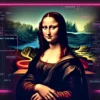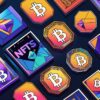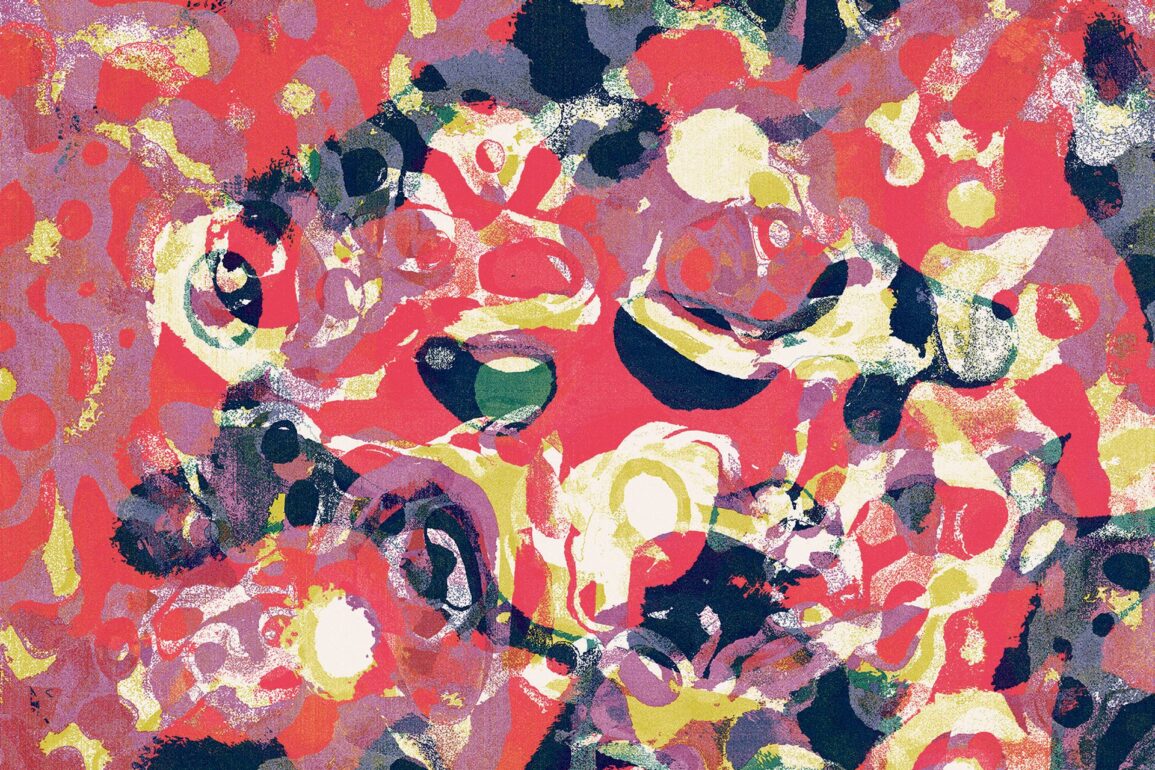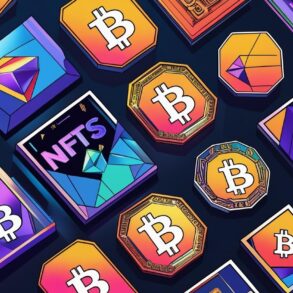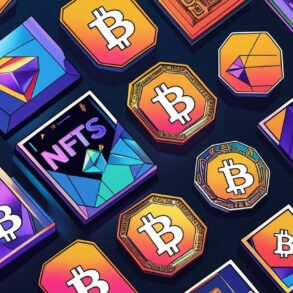They say you should not judge a person until you have walked a mile in their shoes. A new art fair in Basel—called the Digital Art Mile—is inviting fairgoers to cast off any preconceptions of NFTs and digital art, and to journey through its three venues stretching across (not quite) a mile on Rebgasse. The event includes two large venues presenting booths and selling exhibitions, and a five-day conference hosted at the underground cinema Kult.Kino Camera.
The Digital Art Mile is co-founded by Roger Haas, a former gallery director and the founder of the art-world metaverse platform ArtMeta, and Georg Bak, an adviser specialising in digital and generative art. Bak co-led the NFT Art Day ZRH conference at Kunsthaus Zürich, which for the past two years has taken place the weekend before Art Basel; he says that the Digital Art Mile is a natural progression from the Zürich event. “I wanted to do more than just talk about digital art; I wanted to show it too. For us, it was natural to do an art fair,” he says. “You don’t see much digital art at Art Basel, and while there are many satellite fairs, this is a niche that nobody has done yet.”
The plan for the Digital Art Mile is to start small, as a “boutique fair” with curated booths, Bak says, to ease visitors into the digital art world. To encourage footfall there is no entrance fee to the fair and a SFr 27 (£23) ticket price for each day of the conference. The works on show at the fair date from the early days of computer art in the 1960s to present-day experimentations with artificial intelligence (AI).
By invitation only
All of the 13 exhibitors—which include Sotheby’s, TAEX and MakersPlace—have been invited to take part and are either galleries, foundations, platforms or collectors. (Bak says future editions will have an open call.) Many exhibitors will be accepting cryptocurrency as well as traditional payments. Each participant is paying an undisclosed fee and the fair has partnered with sponsors including the Tezos Foundation—part of the open-source blockchain company of the same name—to help cover costs. “It is expensive to put on a digital fair—renting the space, renting digital screens, installing everything. There is a high production value and with technology, as you can imagine, there are always problems to solve,” Bak says.
Fellowship—a platform promoting artists who work in photography, generative art, AI and video—is taking over 300 sq. m of the fair for the selling show Collaborations with the Artificial Self. Described in a press release as “a groundbreaking overview of the evolution of AI in recent art history”, it will include the only self-portrait ever created by the painting machine AARON, made by Harold Cohen, the founding father of AI art. It also includes a 1/1 NFT and framed exhibition print of Err Hold (2022) by Botto, a “machine artist” created in 2021 that uses AI models to make images without direct human intervention and is governed by an online community, or DAO (decentralised autonomous organisation). The DAO is made up of thousands who help train Botto by giving feedback on its outputs, all co-ordinating through an economy that distributes the proceeds of the art sales.
“Botto has participated in many exhibitions, but this particular show is special due to its historic nature and the platform it provides to highlight this unique moment in AI art,” says Simon Hudson, part of the core team behind Botto. Bak says it is “probably the best show in Basel this year”.
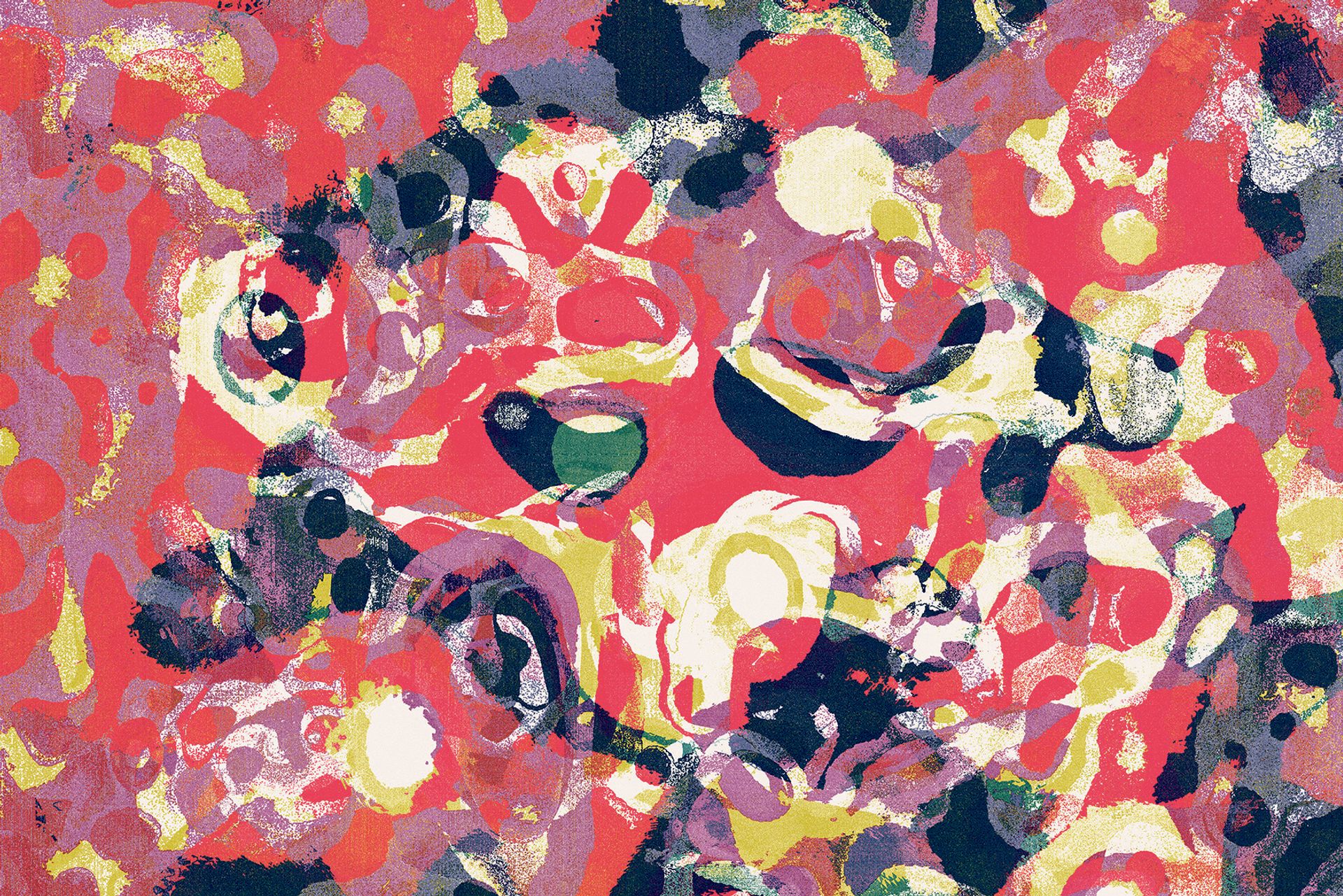
The Digital Art Mile fair’s Matter & Data show features errr10 (2024) by Qubibi, a label created by the Japanese artist Kazumasa Teshigawara Courtesy of objkt.com
Of all the leading art-fair locations, Miami has emerged as the most tech-friendly in recent years. Basel may seem, from an outside perspective, like an unnatural venue for cutting-edge digital art. However, “Switzerland is the home for many blockchain foundations—including Tezos, Ethereum and Near—so it’s only natural that the presence in all its applications is growing, including art,” says Aleksandra Artamonovskaja, the head of arts for TriliTech, the entrepreneurship team supporting Tezos blockchain, who is speaking at the Digital Art Mile conference. In fact, earlier this month, the first Swiss Creative Tech Startups Report—described as “a pioneering initiative designed to spotlight the burgeoning creative tech sector in Switzerland”—was published by Zurich Centre for Creative Economies, in collaboration with the investment platform Fuelarts.
It’s going to be the first time that you will see a lot of Web3 people in town
Georg Bak, The Digital Art Mile
But are the collectors who flock to the city for Art Basel—which tends to cater to more traditional tastes—the kind of people who buy digital art? Bak believes there will be a crossover this year, with a digital art audience visiting Art Basel and other satellites, and the traditional Art Basel crowd venturing over to the Digital Art Mile. Bak adds that the fair’s partners and participants have been doing a lot of outreach. “I think we’re bringing a lot of people to Basel. It’s going to be the first time that you will see a lot of Web3 people in town.”
The future is digital
While Art Basel’s fairs may not be full of digital art, it is certainly alive to its growing importance. In November 2022, the fair’s parent company MCH Group partnered with Luma Foundation to launch Arcual: “a new blockchain ecosystem offering smart contract solutions for the art community”. And last September, Art Basel hired Craig Hepburn as its chief digital officer. He is tasked with overseeing a technology-centric strategy that aims to “complement and amplify Art Basel’s physical shows, creating new formats and experiences that serve galleries, artists and collectors”, with a mandate to “engage ever-broader cultural audiences”, according to a press statement.
Hepburn—whose last role was at the Union of European Football Associations (Uefa), where he launched their first online-streaming, direct-to-consumer platform—appears to be taking an audience-led approach to designing Art Basel’s digital future. “What we’re trying to do is curate and identify interesting conversations or projects [about digital art]. We’re trying to educate ourselves. We’re also trying to educate the broader market,” Hepburn says. “There’s definitely people from both sides [of the digital and traditional art scene] who don’t understand each other’s point of view. So, for us, it’s about how we bring those conversations together and elevate them.”
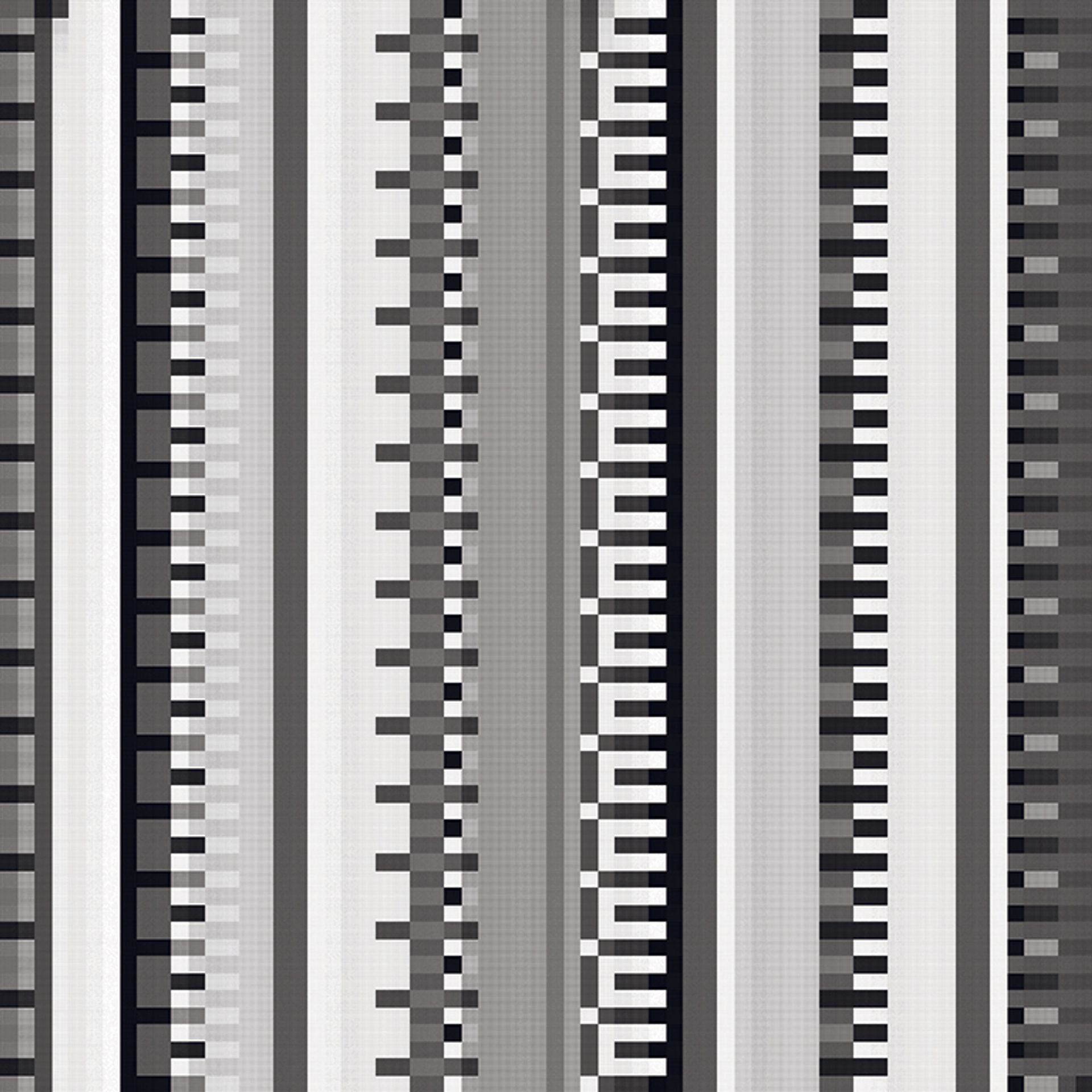
Jonas Lund, the creator of Bit Operations (2023), is one of three artists who are showing in the exhibition End to End Courtesy of Office Impart and fx(hash).png
To this end, during Art Basel in Hong Kong last March, the fair partnered with the NFT collector and crypto investor Jehan Chu to host the invitation-only Collecting Digital forum at Soho House. Speakers included the curator Hans Ulrich Obrist and the new-media artist Refik Anadol. “We had a fantastic response to it,” says Hepburn, who is now planning how to build on this for the fair’s Paris and Miami editions.
The fair group is hosting its second forum, Digital Dialogues, at 3pm today at the Hotel Merian Basel. The event, which this time is open to the public, invites visitors to “find out how art is reclaiming public spaces, how algorithms shape art collecting today, and how a new breed of institutions is placing cutting-edge art in the heart of the city”, according to Art Basel’s website. It will include contributions from the artists Krista Kim and Cory Arcangel.
So, what will Art Basel’s digital future look like? “Honestly, I don’t know,” Hepburn says. “Should we have more digital art? Should we have specific events? Should we integrate the events? Should we be helping develop standards? Where are the areas where Art Basel can support and help? We don’t necessarily want to be out there just leading it completely.” In the future, Hepburn hopes that Art Basel might create an advisory board to “bring in different parts of that community and help educate us in terms of what we should be doing”, he says. “Contemporary and traditional art will always have its place, but we know that the world doesn’t stand still, and technology is definitely not slowing down.”
This post was originally published on this site be sure to check out more of their content

